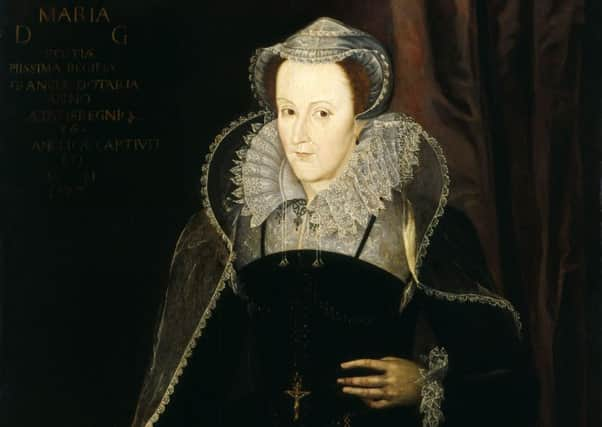The life of Mary, Queen of Scots


A large crowd of more than two hundred people had gathered at Fotheringay Castle to watch the execution scheduled for the day.
But as the lady on the block spoke her prayers in Latin, it was clear that the large crowds were for no normal execution.
Advertisement
Hide AdAdvertisement
Hide AdImprisoned for corresponding with known plotter Anthony Babbington - a fellow Catholic aiming to overthrow Mary’s cousin, Queen Elizabeth - it took three strikes of the guillotine to successfully sever Mary’s head.
Mary Stuart’s demise as the Queen of Scotland brought an end to years of suspicion on the part of her cousin. The only surviving child of James V, Mary I of Scotland acceded to the throne at the age of six on the death of her father, James V of Scotland.
Her French mother, Mary of Guise, acted as Regent on her young daughter’s behalf. In April 1558, Mary married Francis - the heir to the French crowd - before he became king in 1559. The uniting of the French and Scottish crowns, much to the chagrin of England, was broken in 1559 by the death of Francis due to an ear infection.
Mary returned to Scotland aged 18 and immediately encountered difficulties as a Catholic in a Protestant nation.
Married again seven years later to the Earl of Darnley, their relationship suffered under the accusations of infidelity. The Earl of Darnley died in suspicious circumstances in February 1567, and Mary progressed onto her third marriage a mere three months later with her new son James.
Marriage to the main suspect in Darnley’s murder drove a wedge between her and Scottish leaders. Bothwell was exiled and Mary abdicated her throne in July 1567, before being imprisoned in Lochleven Castle in Kinross-shire.
After escaping her imprisonment a year later, Mary made her way to England in the hopes of securing shelter from her cousin, Elizabeth I.
Advertisement
Hide AdAdvertisement
Hide AdHere, she was imprisoned and surveilled for nearly two decades. Mary became the focus of many Catholic plots to depose Elizabeth, but was spared because she had not acted in any of them.
This all changed in 1586, as Mary wrote letters to Anthony Babington who was planning to depose Elizabeth.
With this incriminating evidence against her, Mary was tried for treason and sentenced to execution in October 1586. She was executed at the age of 44 on 8 February 1587, with son James succeeding Elizabeth in 603.